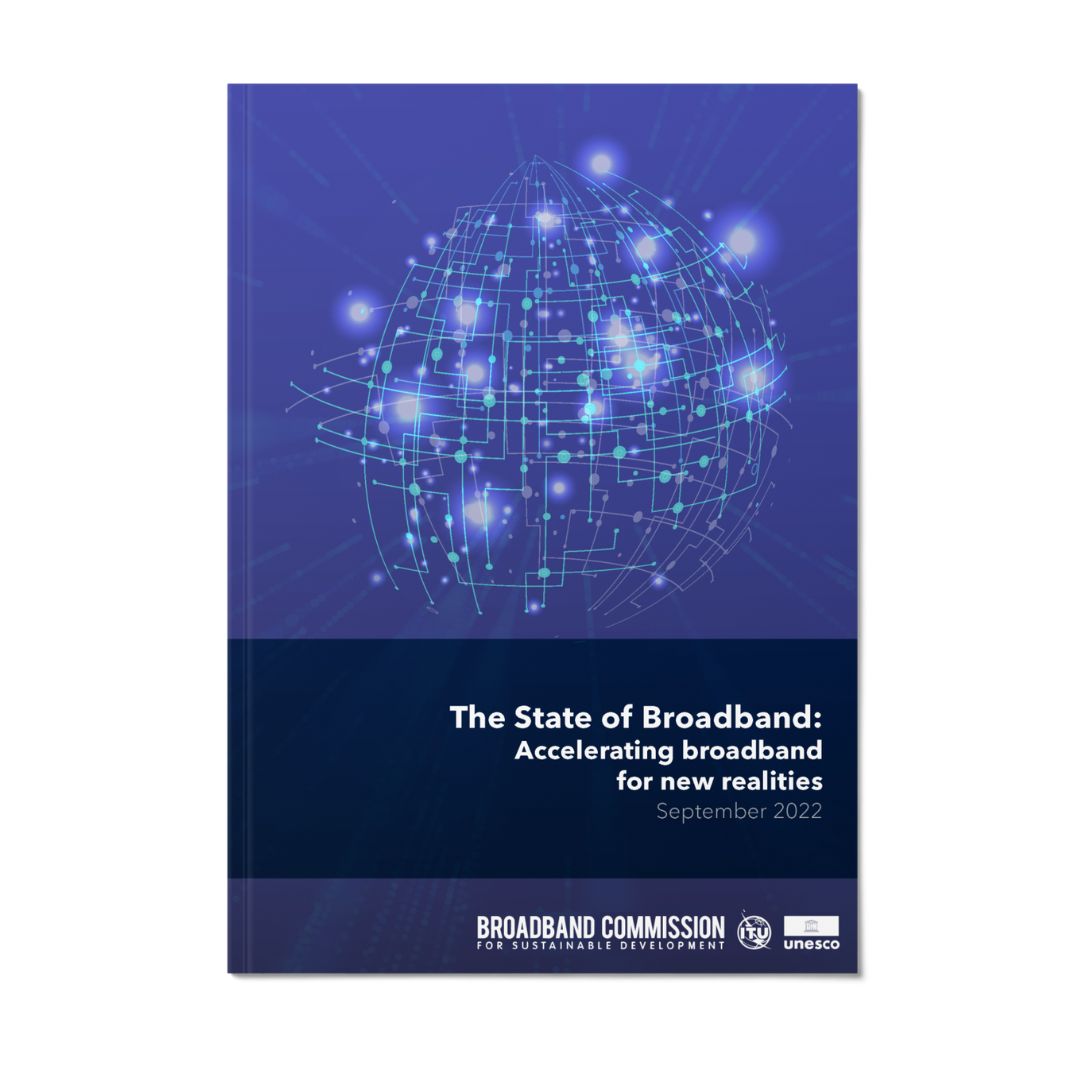We are at a critical point in time, where immediate action is required to eliminate the most pressing issues with regard to the provision of meaningful universal access to connectivity. In this regard, SAMENA Council is exploring innovative mechanisms and instruments to unlock access to capital to support telecom operators.
The BBCom’s WG on 21st Century Financing, Funding, and Investment Models for Bridging Broadband Connectivity Gaps, chaired by SAMENA Council, has identified the need for fundamental paradigm shifts that require, among others, to broaden the base of contributors. One innovative way to move forward with implementation of this recommendation is to create new partnerships and bring together the telecom and the banking/financial services industries to create an innovative instrument such as a “Broadband Bond”. Such a Broadband Bond could be built on the general principle of bond-financing, whereby an issuer may raise capital by selling a “low-interest debt instrument” to investors on the open market. Because bond financing carries longer maturity and the risk lies primarily with the issuer (banks), such a risk profile offers an attractive investment profile for telecom operators to carry out infrastructure expansion (e.g. rural areas), Capex debt re-financing or procurement of additional spectrum. The capital market, overall, provides the ability to tap new investors and offers structural advantages. Partnerships with capital market stakeholders, in turn, enable access to a new class of investors around the globe. In this context, the Broadband Bond approach is befitting recommendation No 1: Broadening the base of contributors and can serve as a major source of liquidity for ongoing and future financing needs of various industries, including telecoms.
This example of private partnership can be designed to fulfil (i) financing needs for initiatives and telecom projects that are aligned with the SDGs and aligned with the UN Broadband Commission’s recommendations, and with the private sector’s investment needs; (ii) investor diversification goals within the telecoms and financial services industries; and (iii) common goals of sustainable, “green”, and citizen-centric imperatives. In summary, the new instrument is built on the premises of:
- Using a combination of monetary and non-monetary, or in-kind, contributions, based on project needs and the various strengths of collaborative financing;
Making smarter investments and thus a move away from “funding” (out of a moral imperative) to “financing”, which is more commercially grounded and relates to making good investments, while contributing to socio-economic development; and
Collaboration between governments, commercial banks, development finance institutions (DFIs) and the private sector to meet funding gaps is increasing, including through blended finance or the strategic use of development finance to mobilize additional finance for sustainable development in developing countries.


